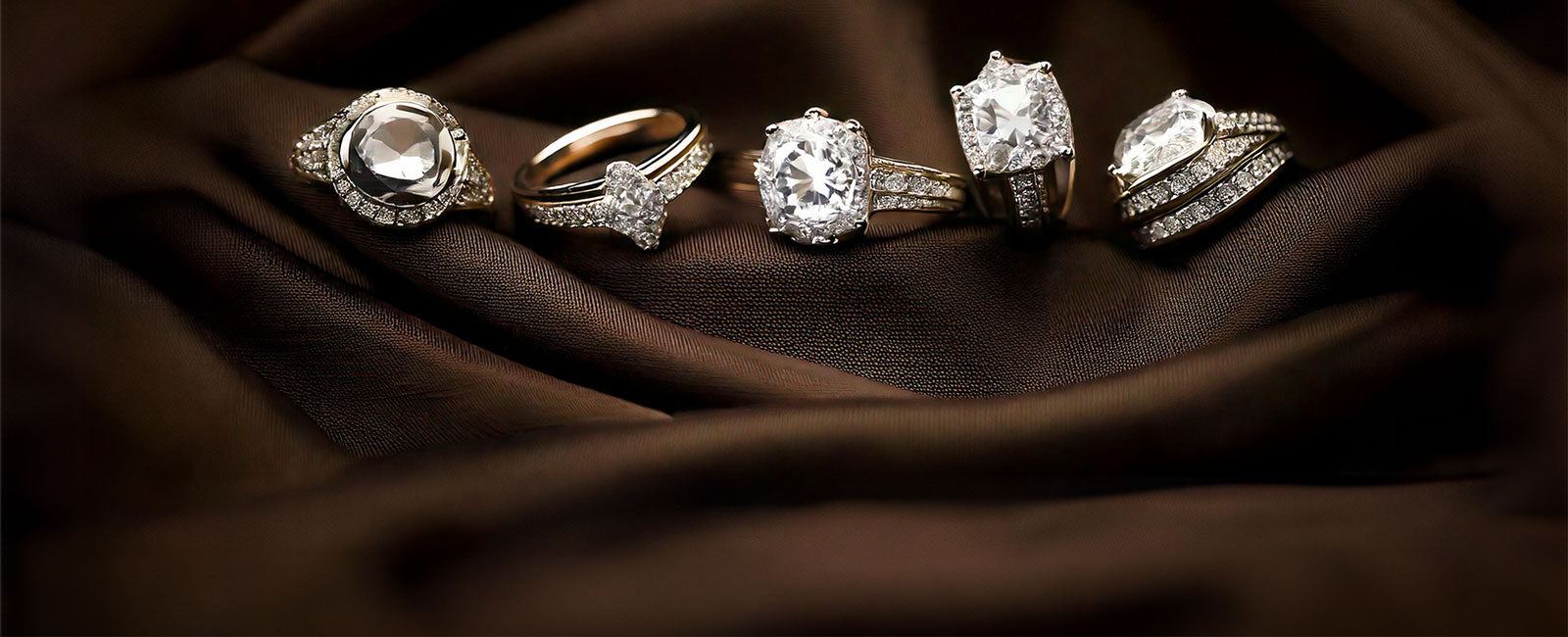
The Diamond Source guide to quality
When searching for the perfect engagement ring or piece of finely crafted jewelry, you need to know what to look for to find true quality. Here’s everything you need to know to judge the value of a diamond.
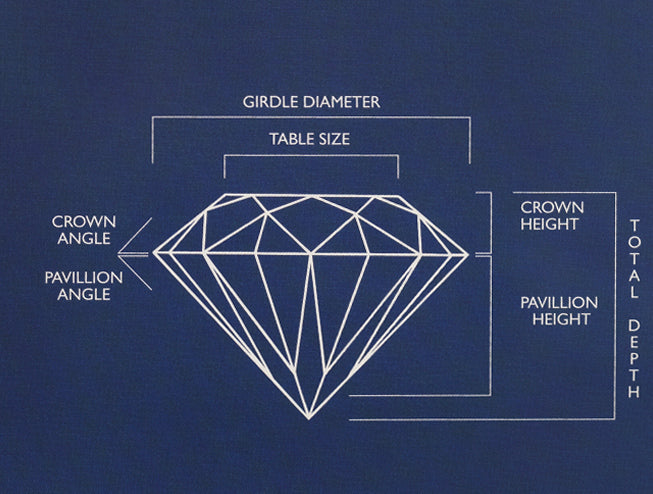
Cut
The cut of a diamond is key to its quality. This is different from a stone’s shape — that is determined by personal taste alone. The ideal cut is one that showcases exact measurements that determine a stone’s brilliance, sparkle and fire. All too often, stones are cut to maximize their overall weight, rather than factors such as the depth, table size, the angle and height of the crown and pavilion, girdle diameter, the polish, and symmetry. If these are terms you are not familiar with, just ask us and we’ll explain further. Cut is evaluated on a scale from Excellent to Poor.
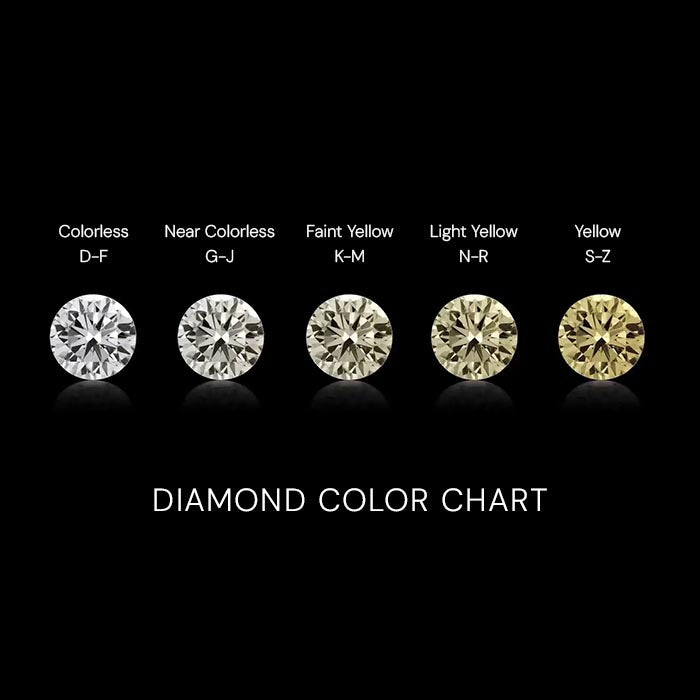
Color
Color refers to how white (or colorless) a stone appears to be, as this is a marker of rarity, beauty and value. The grading scale for diamond color is between D (whitest) and Z (least white). Colorless diamonds are very rare – only about 1 percent in the world qualify — and range from D, E, and F grade. Near-colorless stones ranging between G and J grade are also quite valuable. Natural Color Diamonds occur in nature in a variety of stunning colors including yellow, blue, pink, orange, green, and red. These rare stones offer an aura of sophistication unrivaled by any other gemstone, and are considered the epitome of luxury.
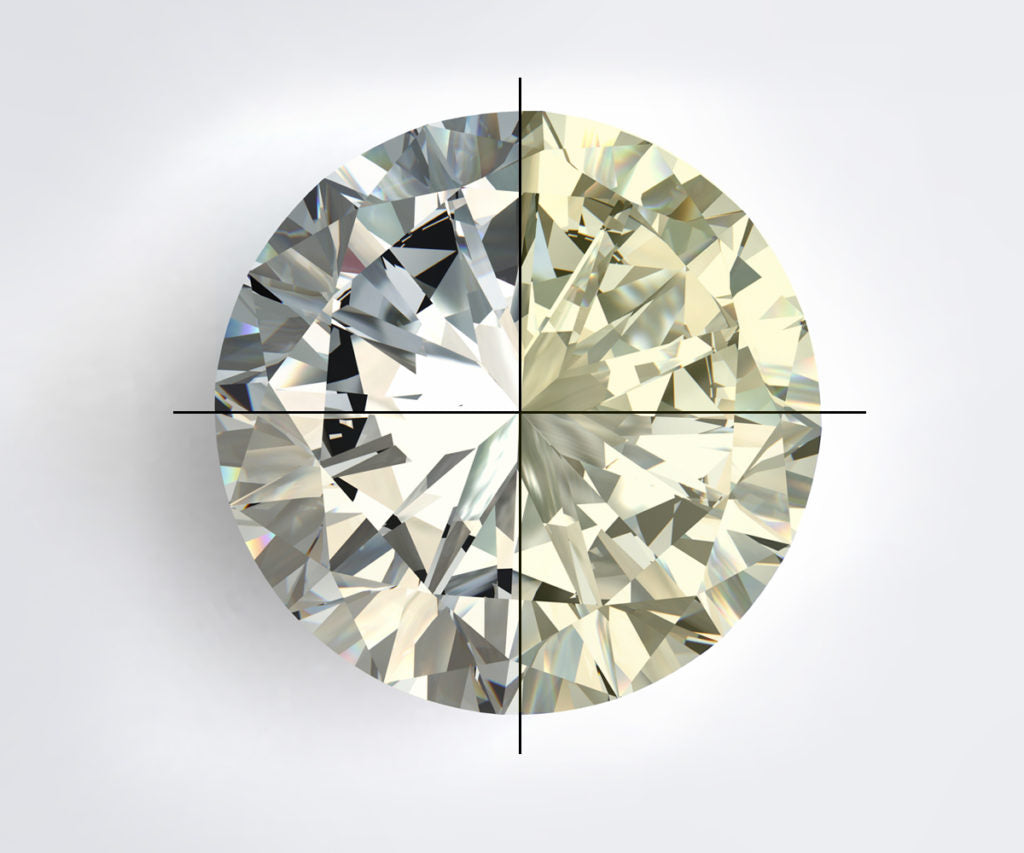
Clarity
Clarity is determined by how clean or “included” the stone appears. Inclusions are any visible spots or marks found inside the diamond. Clarity is determined using a high power magnification device. The inclusions of a stone are its fingerprint, and small inclusions will not interfere with the reflection of light or its durability.
Many people believe that a diamond with fewer flaws will appear more brilliant but this is not the case. Brilliance is always determined by the quality of the cut, not the clarity of the stone. If a diamond is clean to the naked eye, the level of clarity will not improve the stone’s visible beauty. The less inclusion, the more rare and valuable the stone.
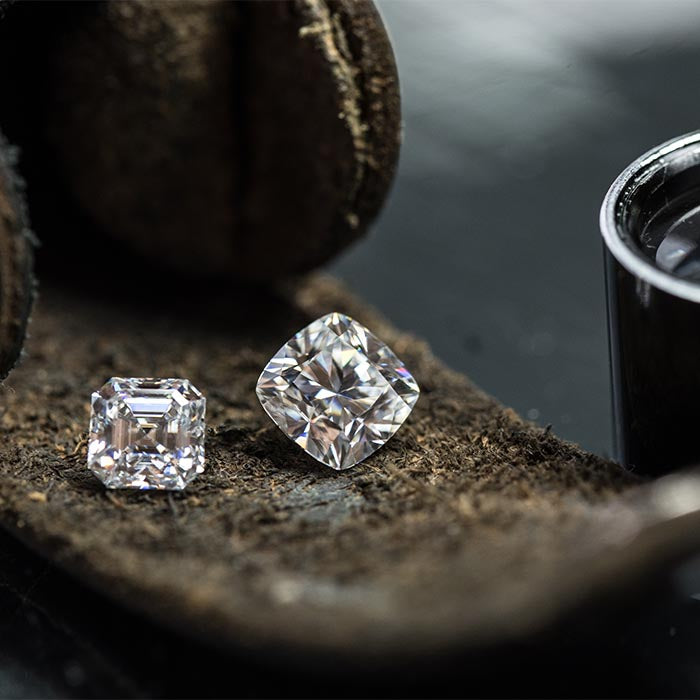
Carat
The weight and size of all precious stones are expressed in carat weight, but size is the most obvious factor in determining the value of a diamond. This means that cut, color, and clarity will dramatically affect the value, no matter the size!
One carat equals one-fifth of a gram. A carat is divided into 100 points, so a diamond of 25 points is equivalent to a weight of ¼ a carat.

